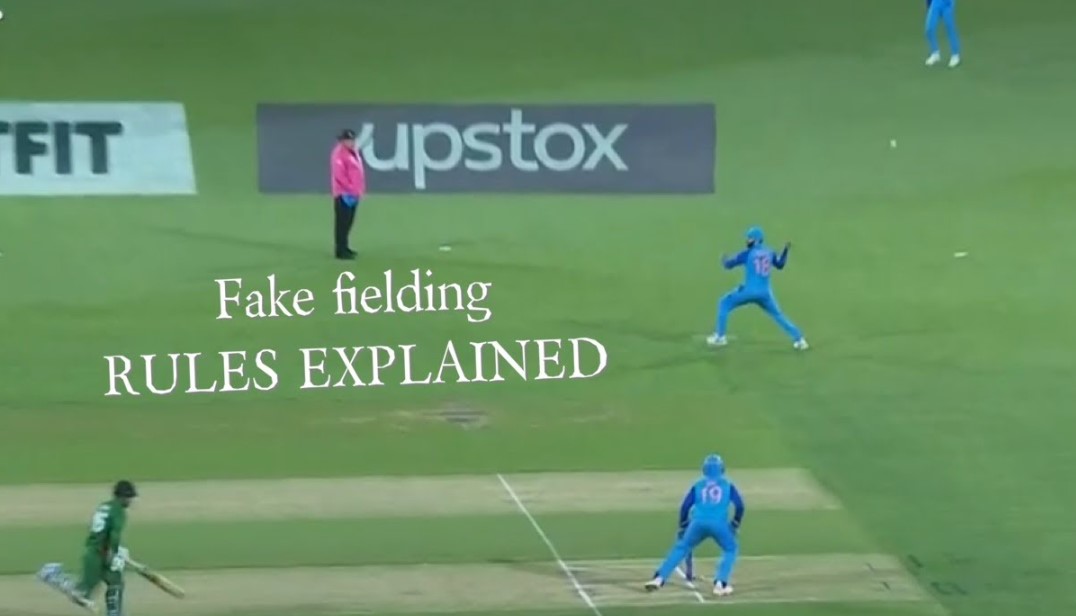What is NRR in cricket?
Each sports discipline has its own rules, which athletes are obliged to observe. Fans of the modern game of cricket should not only know all the subtleties of the game process, but also follow the updates that relate to the concepts and professional terms. One of the frequently used phrases is considered to be «net run rate». What is NRR in cricket and how is it calculated? What is the meaning of this term in the game, what it affects, whether the final result of the tournament depends on the specified concept.
Many are interested in the question, how to calculate net run rate in cricket, and whether it is possible at all? First let’s understand the concept itself. Under net run rate means the use of a statistical technique for analysing and comparing the aggregated results of a selected team during a tournament in which several teams take part. The net run rate plays a determining role in which team will advance to the next round if more than one team scores the same number of runs during the same innings. What is net run rate in cricket, and how to calculate it, can be learnt after reading this article.
What is the NRR in cricket?

What is NRR in cricket (NRR) — is commonly used in many different forms of the game. Using this term, it is possible to make a detailed analysis of the efficiency of the game process of a certain team for a selected period of time. The term is used when compiling standings, where the results of several teams competing for the top prize and promotion to the next stage are compared.
What is the meaning of NRR in cricket?
NRR has an overriding influence on when the winner is determined if two teams score the same number of points in a game. On this basis, the term bears a great resemblance to the term used in another team game similar to cricket, football - goal difference. In the discipline of football, the phrase is used when teams score the same number of goals in the opponent’s goal during two halves.
What is NRR in cricket or Net Run Rate is often used in group competitions that are held at international level and in tournaments organised by the ICC. NRR also plays an important role in modern T20 cricket leagues. Such competitions are recognised around the world.
How to calculate net run rate in cricket?
To find out how to find net run rate in cricket, it is necessary to first understand all the components that are used in the calculation formula. There are several basic formulas recognised today that are considered correct for determining the rate. All of them have minor differences, with which it is worthwhile to familiarise everyone who will carry out a mathematical calculation beforehand.
First of all, how to calculate net run rate in cricket with example — it will be necessary to calculate the running speed of the selected team or several in order to determine the resulting value in the overall rating. This definition is called «run rating». Sometimes it may have another name - the number of runs per over (RPO). To calculate it, you must first add up the total number of runs and divide it by the number of overs that have been played up to a certain time.

To finally determine the value of net runs, you need to take the resulting figure and compare it with the results of your opponents. At the end, you should get a value which will be equal to the run of the selected team with the subtraction of the opponent’s run.
The described how to calculate net run rate in cricket with example. When cricket team A scores 200 runs over 50 innings, the run rating will be 4. In this case we need 200 points to divide 50 overs. The opponent scores 225 points for the same amount of time played in the tournament. The opponent’s run-rate is 4.5. As a result, we can get the net run rate, which for the second team is +0.5. For the first team, the NRR value is -0.5.
How to find net run rate in cricket?
To know how to calculate net run rate in cricket, you will need to study all the components that make up the calculation formula. Based on the information read above, we can conclude that this term is suitable for calculating the performance of a selected team during one tournament. The obtained value is compared with this parameter of the opponent. In addition, the net running speed can be used to make a rating of teams that take part in several league competitions at once.
If we take into account the term «what is NRR in cricket» that refers to the last option for comparing the performance of teams, then NRR does not indicate the total sum of indicators of each game, which are taken into account during the calculation of results. In this case, the characteristic speaks about the average value of NRR taking into account all games. Based on the information obtained, in order to perform the calculation for the entire league season.
It will be necessary to perform mathematical operations in the following order:
- the total number of runs scored in all cricket matches divided by the total number of overs in the games played;
- the total number of runs conceded in the matches played, divided by the total number of overs in the same tournaments;
- the second value is subtracted from the first value obtained and the net run rate is obtained.
The procedure for carrying out the calculation can be seen with an example. Team A played 18 games in a league season. Each innings of the game was accompanied by 50 overs. In this case, the formula would have the following form: 4500/900 - 3600/900 = +1. To avoid such complex mathematical operations and quickly get an answer to the question, how to find net run rate in cricket, you can use special tools that facilitate the task.
In the network there are online calculators, the main task of which is to calculate this parameter. Therefore, fans and analysts, instead of doing maths, can enjoy watching the match and all the subtleties of modern cricket.

The subtleties of calculating NRR in cricket
But calculating net run rate in modern cricket is not as easy as it may seem at first glance. Therefore, there are many additional challenges around the question, how to calculate net run rate in cricket. The main objective will be to perform the maths correctly and consistently.
In reality, there are several extenuating circumstances, which as a result can affect the value of the indicator in question. The most common of these is considered to be the removal of a team from the game before the maximum number of overs intended for it expires. In this case, the calculation will be based on the highest number of overs that could have been played, not the number of overs that were actually recorded.
Sometimes the number of overs played may be reduced, mainly due to unfavourable weather conditions. In this situation it is necessary to use the new maximum permissible number of overs that are scheduled to be played, not the number that was at the start of the game. To take an example, if the game is delayed due to rain, 20 overs will be lost out of the 50 overs allowed. Having said that, the maximum number of overs that will be used to calculate NRR is 30.
Sometimes rain can turn into a downpour which will change the course of the game dramatically. In such a case, it will be stopped and it will not be possible to determine the net run rate. In such a situation, all scoring wounds that were recorded even before the game was stopped will not be taken into account in the calculation formula.
To find out how to calculate net run rate in cricket, you can use another method - the Duckworth-Lewis formula. If you use this method in the case when a certain match is hampered by rain, then the NRR value for both teams should be calculated taking into account the number of overs that are attributed to the opponent (despite how many overs Team A managed to play).

Problems with NRR calculation
How to calculate net run rate in cricket — when calculating NRR, there are several related factors to consider that can affect the outcome. Not only can the format of the game and weather conditions affect the final value, but also the various rules that players must abide by in order for their actions to be considered legal. Several features of the NRR system are described below.
This parameter negatively affects those teams that do not play all 50 overs of a match. Some athletes fail to play the entire innings, which affects their performance. It is particularly difficult to go the full distance for those teams who take part in well-known international tournaments such as the ICC.
Lack of correlation of victory with dangerous «moments». One of the biggest problems that describes the difficulty of calculating NRR is considered to be the lack of correlation of this indicator with winning a game. This is because a team that has a higher run rate and a higher probability of winning a tournament may drop a few positions in the ranking table due to fewer points scored.
How to find net run rate in cricket — the net run rate does not take into account the number of wickets that are lost. More often than not, errors are made when calculating the NRR value due to wickets. Since the number of wickets that have been lost is considered an important factor in compiling the performance of a team, calculating the run rate can come with omissions.
Sometimes, to avoid running into the problems described earlier that make it difficult to get an answer to the question, what is net run rate in cricket, analysts use alternative terms. They also allow you to examine the team’s performance and stability on the court.
FAQ
What is NRR in cricket?
Net run rate shows the average number of runs scored by a team during one innings. It is а answer on questions what is NRR in cricket. It is calculated by dividing the total number of runs scored by a team by the number of overs that have been bowled in an innings.
How to calculate net run rate in cricket using the Duckworth-Lewis-Stern method?
The Duckworth-Lewis-Stern method is a mathematical way of how calculate net run rate in cricket and determining the total score for a team batting second in a match with a limited number of overs. In this case, the restrictions are due to unfavourable weather conditions or other circumstances.
How to find net run rate in cricket T20?
All matches and tournaments in modern cricket, including T20, have the same rules of the game. How to calculate net run rate in t20 cricket? Therefore, the calculation of net run rate follows the same formula. The only difference is the number of overs, of which there are 20. Also in such a match, the athletes have the right to stop the game when the score of the two teams is equal.
How net run rate is calculated in cricket IPL?
To answer the question, how net run rate is calculated in cricket IPL, it is necessary to understand what this tournament is. IPL is an international format match, which has a limited number of overs (20 for one round). Otherwise, the rules of calculation remain the same.







